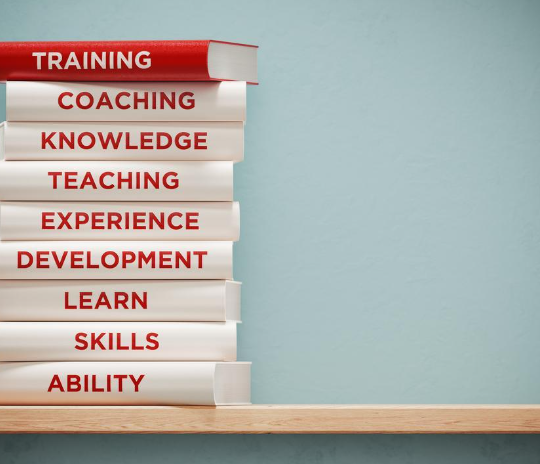
Teachers have more responsibilities than people give them credit for. They do more than just show up and watch students every school day. They all use different teaching methods to lead their classrooms.
They’re actually leaders of the next generation and are responsible for raising classes of students that learn more than just educational materials.
Instead, teachers are responsible for showing children how to be good people. And the best way to teach people about the value of virtue is by leading through example. That means teachers should know how to make a lesson plan that resonates with their students, to show them the value of preparation.
Yet, with so much to cover with one class of students, creating a good lesson plan is not easy. Teachers need all the help they can get. And if you need help creating a good lesson plan, just keep reading below for some tips!
Table of Contents
Knowing How to Make a Lesson Plan is Part of Teaching
No teacher should ever enter a classroom without having a clear idea of what they will cover that day. Without a plan on how to engage students with the material, the classroom will quickly devolve into a warzone. Children get bored easily, and when they get bored, things can get wild.
There are other advantages to knowing how to make a lesson plan, too. Keep reading below to learn more about them.
It Guarantees Students Learn the Material
By having a lesson plan, you have a clear way to guarantee that your students understand the material. That’s because every lesson plan should include some way to evaluate how much material students actually learned. That doesn’t mean you need to end every class with a test, too.
Instead, you can determine whether students learned something by simply asking them questions. You can make the end of the class a game, where students respond to questions about the material. Not all lesson plans need to end on a test, but they should end on something.
It Helps You Meet Federal and Regional Standards
One part of teaching most people don’t realize exists are the strict regulations that go into it. Teachers are handed standards that their students need to meet, or else the teacher may lose their job. By creating a lesson plan, you can prove to officials that you’re working to meet their standards.
Lesson plans do more than just help you teach. They can also protect your job!
Design Lesson Plans Around Students, Not the Material
The most important part of making good lesson plans is to remember that you’re designing it around the material. Different materials can always be presented in different ways. Yet, not all students engage with material the same way.
You need to keep your whole class in mind when designing a lesson plan for them. As a teacher, you should know whether your students respond to bright and exciting graphics or a lecture-style lesson. Use that knowledge to strategize how you want a lesson to go.
Don’t Learn Why You Need Lesson Plans The Hard Way
By knowing how to make a lesson plan, you avoid learning tough lessons yourself. With a lesson plan, you have a strategy to fall back on if something goes wrong while you’re trying to teach. Lesson plans also protect you if someone in your class fails to meet federal or regional standards.
A teacher without a lesson plan is barely a teacher at all. Without a lesson plan, you’re more like a manager trying to control a room full of children. If you start class without a lesson plan, you teach students it’s okay to be unprepared, and that’s not a good lesson for kids to learn.
You need to always be your best as a teacher, no matter how hard it seems. And if you need advice on how to improve your teaching, just keep reading here. Our website is always updated with tips from experts to help people like you improve!







